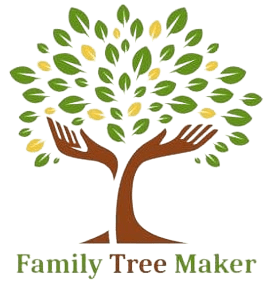
Family Tree Maker 2017 provides rich features for the management of your family history. The ability to document your AncestryDNA information in this software is one of the strongest methods for advancing your genealogical research and gaining more profound connections in your family.
Easy Steps to AncestryDNA Results in Famly Tree Maker 2017
Here is a step-by-step guide to the integration of your DNA results in FTM 2017.
Step 1: Sync Your Tree with Ancestry.com
If you have an Ancestry.com account linked to your DNA test, be sure that your FTM tree is synchronized with your online tree. Synchronization will enable you to import DNA matches and other information directly from Ancestry into FTM 2017. To synchronize:
- Open FTM 2017 Select the “TreeSync™” option
- Follow the prompts to link your tree with Ancestry.
- Once linked, updates on either Ancestry or FTM will show up on the other platform.
Step 2: Import DNA Matches
AncestryDNA results can’t be imported into FTM 2017 directly, but you can document manually key findings such as DNA matches and shared ancestors:
- Log into your Ancestry.com account.
- Access your DNA Matches page.
- Record the key information including names, relationships, and centimorgans shared.
- Open up your FTM tree and apply this information to relevant profiles via the “Notes” or “Facts” tabs. Attach documents or screenshots as needed.
Step 3: Create a Custom Fact for DNA Information
Organize the DNA details much more easily by creating a custom fact
- In FTM, under “Edit”, go to “Manage Facts”
- Click “New,” name your fact (example, “DNA Match”), and click the type – such as “Text”.
- Save and use this fact to document DNA details for individuals in your tree.
Step 4: Link DNA Evidence to Sources
Ensure your DNA information is well-documented by linking it to sources:
- Go to the “Sources” tab for the individual.
- Add a new source and detail the DNA match information.
- Include the test type (e.g., autosomal) and testing company (e.g., AncestryDNA).
Step 5: Analyze and Use DNA Data
Use your documented DNA data to:
- Identify new branches in your tree.
- Triangulate relationships.
- Work with DNA matches to share information.
Conclusion
Recording AncestryDNA results in FTM 2017 combines the best of old records with the best of modern genetic insights into your genealogical research. Organized data allows you to uncover connections and delve deeper into your family history exploration.
Related Posts:
